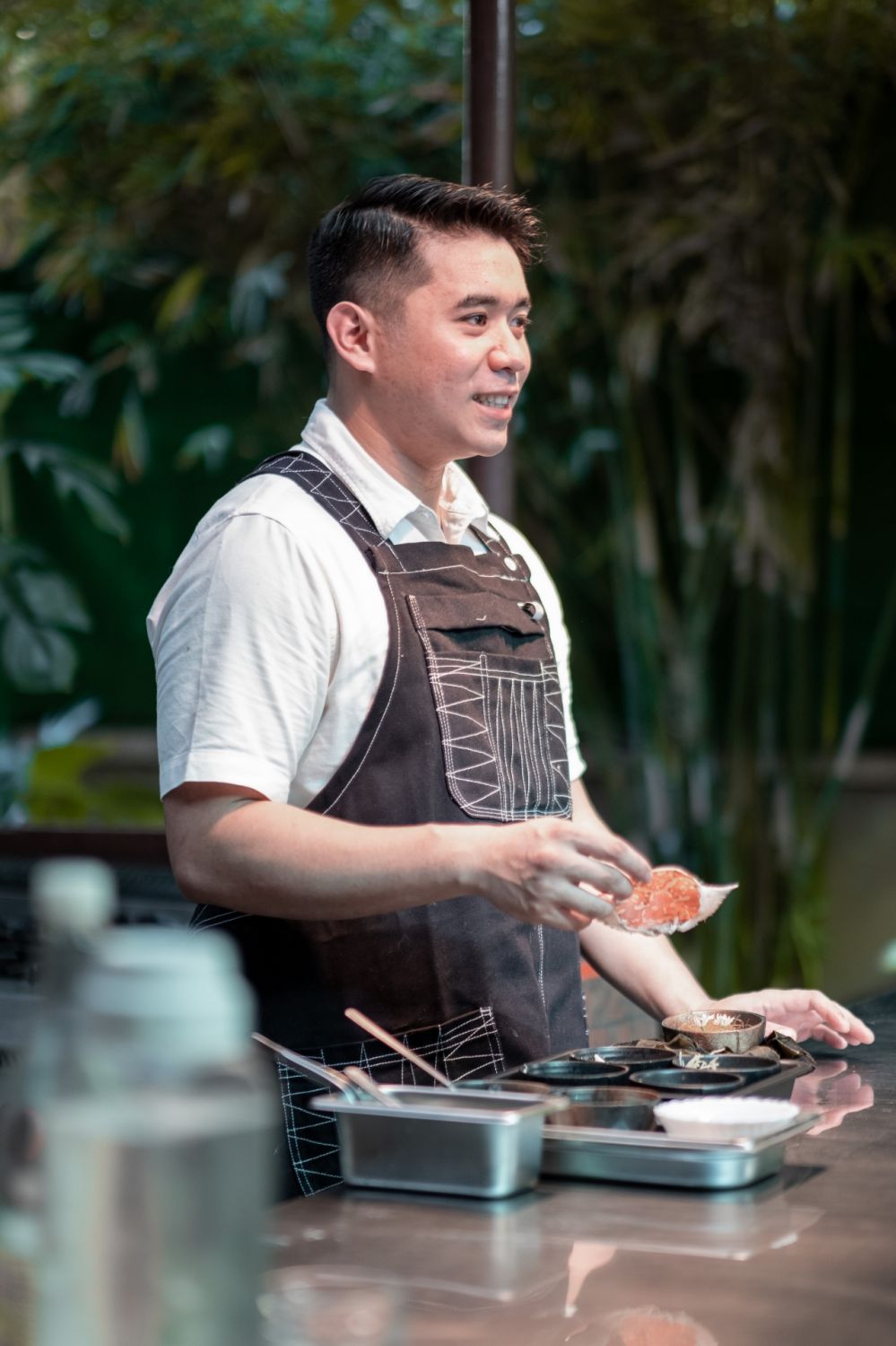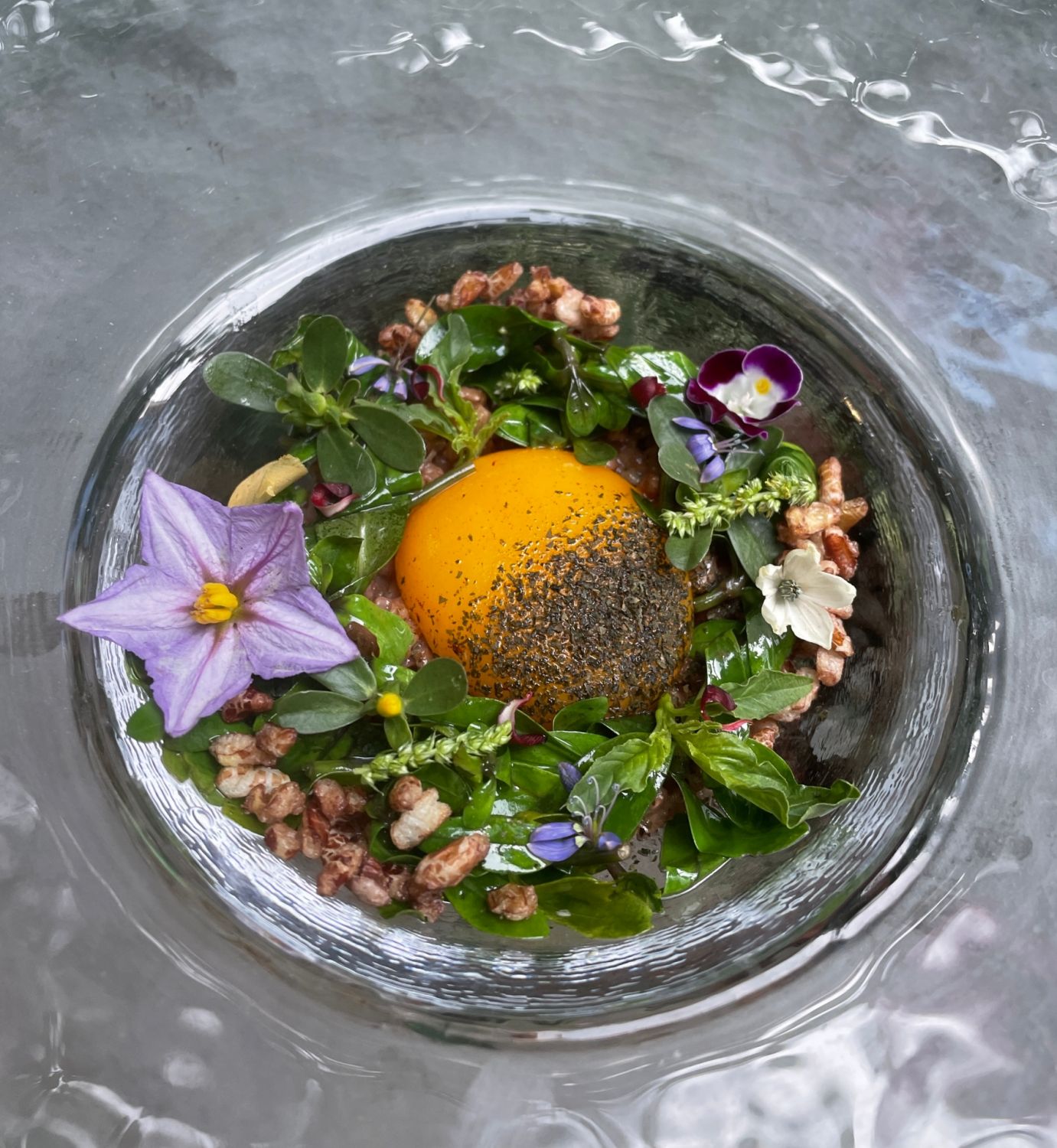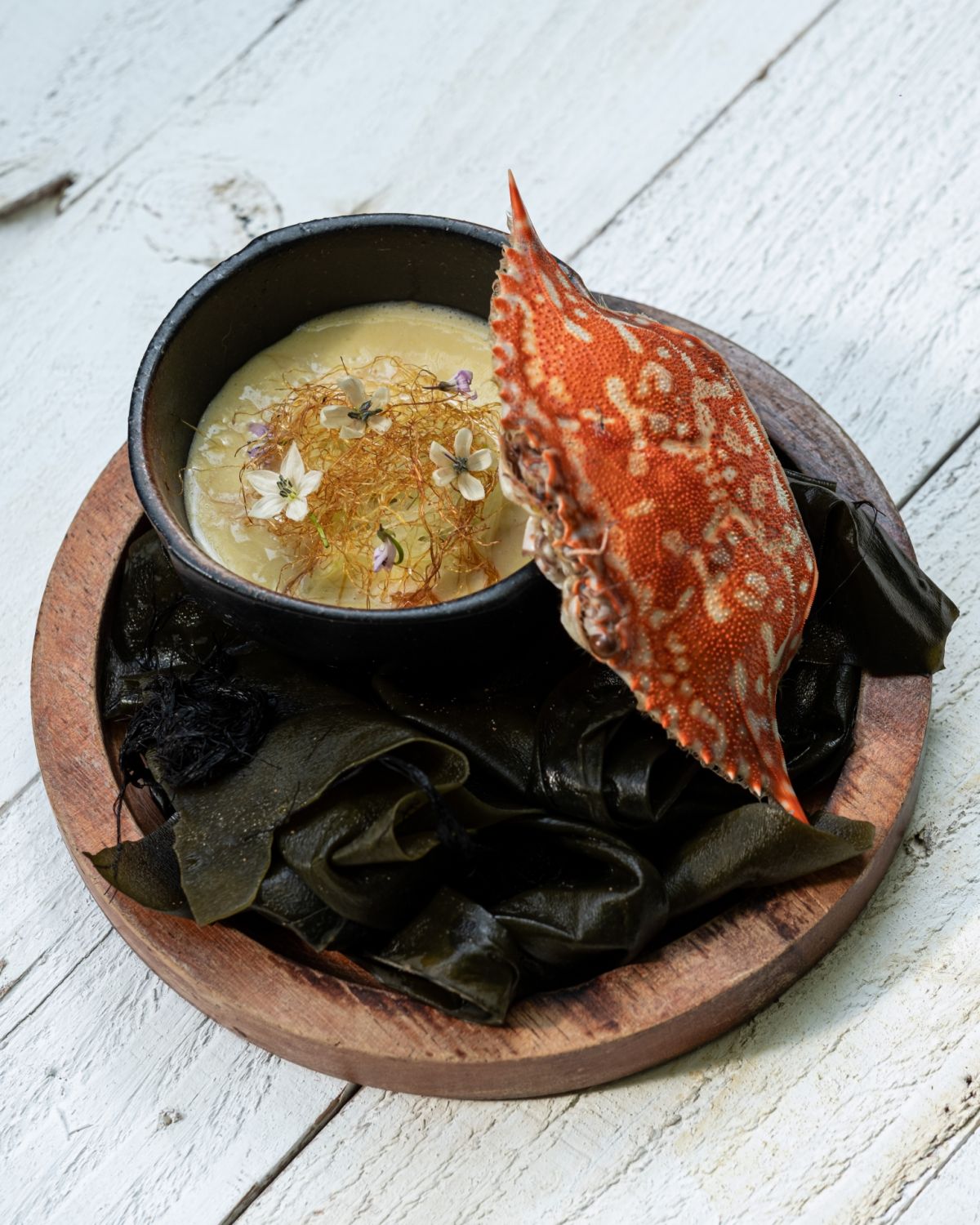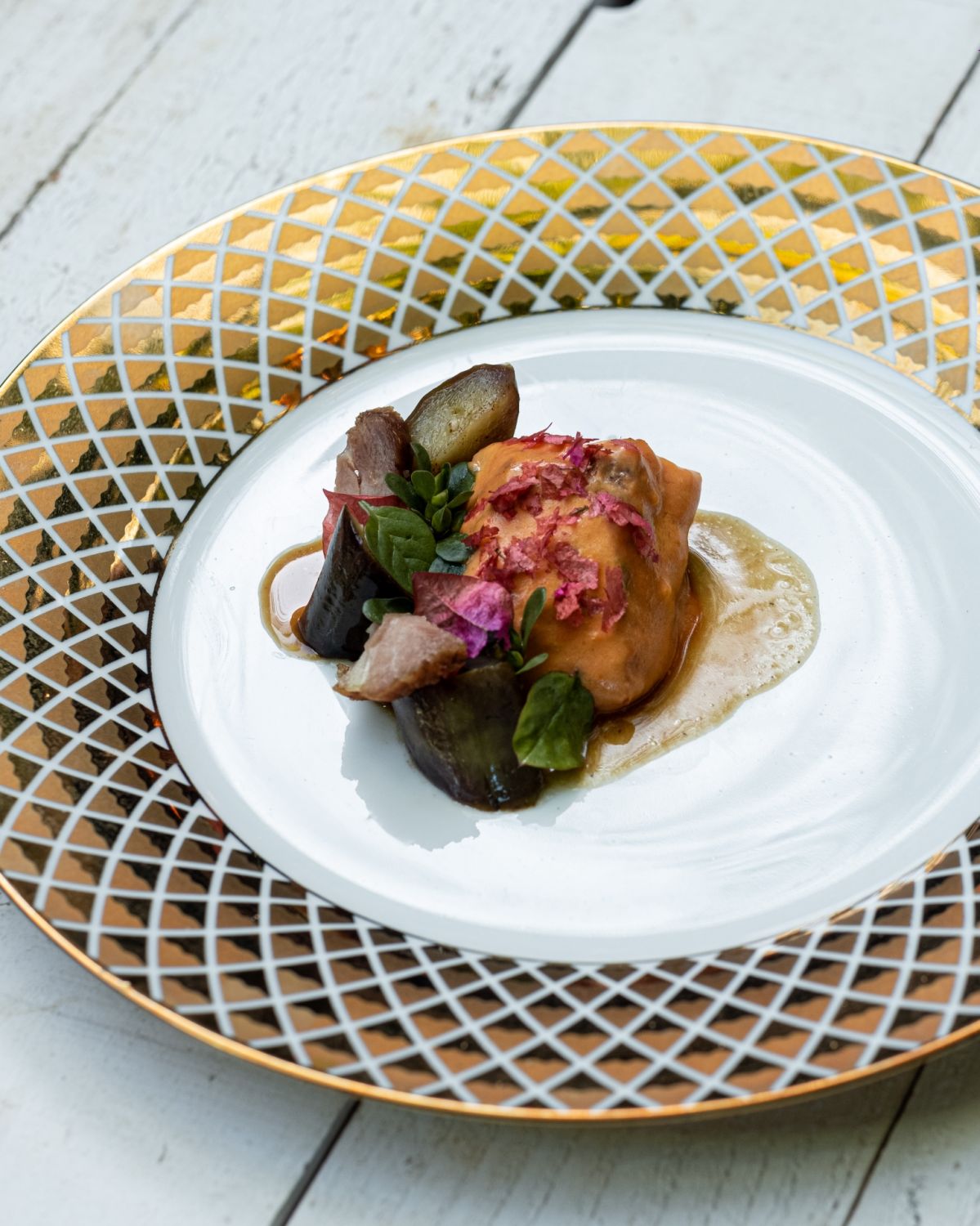Chef Don Baldosano continues to turn heads with eleven-course tasting menus at his modern Filipino restaurant Linamnam Mnl, which currently operates out of his family's backyard
At just 23 years old, chef Don Baldosano demonstrates an immeasurable comprehension of Filipino cuisine—one that takes the spotlight at his private dining restaurant, Linamnam Mnl. Housed in his family’s own backyard, Linamnam first opened its doors to the public sometime in August 2018, transforming the space into a quaint setting for his bold modern Filipino dishes. It is at this camouflaged yet much-talked-about abode that Baldosano explores the intersection of the nostalgic and experimental.
A fully al fresco space, the restaurant’s main dining room is actually a bahay kubo built by his father, adjacent to Baldosano’s childhood bedroom. The central open kitchen, on the other hand, was once the family’s home gym, a pull-up bar the only remaining artefact. Here, Baldosano puts on his one-man culinary show, a seasonal and regional eleven-course tasting menu in five parts: the kagat (amuse-bouche), lupa (vegetables), dagat (seafood), karne (meats), and tamis (desserts).
See also: Metiz Restaurant's Chef Stephan Duhesme Re-Interprets Filipino Food

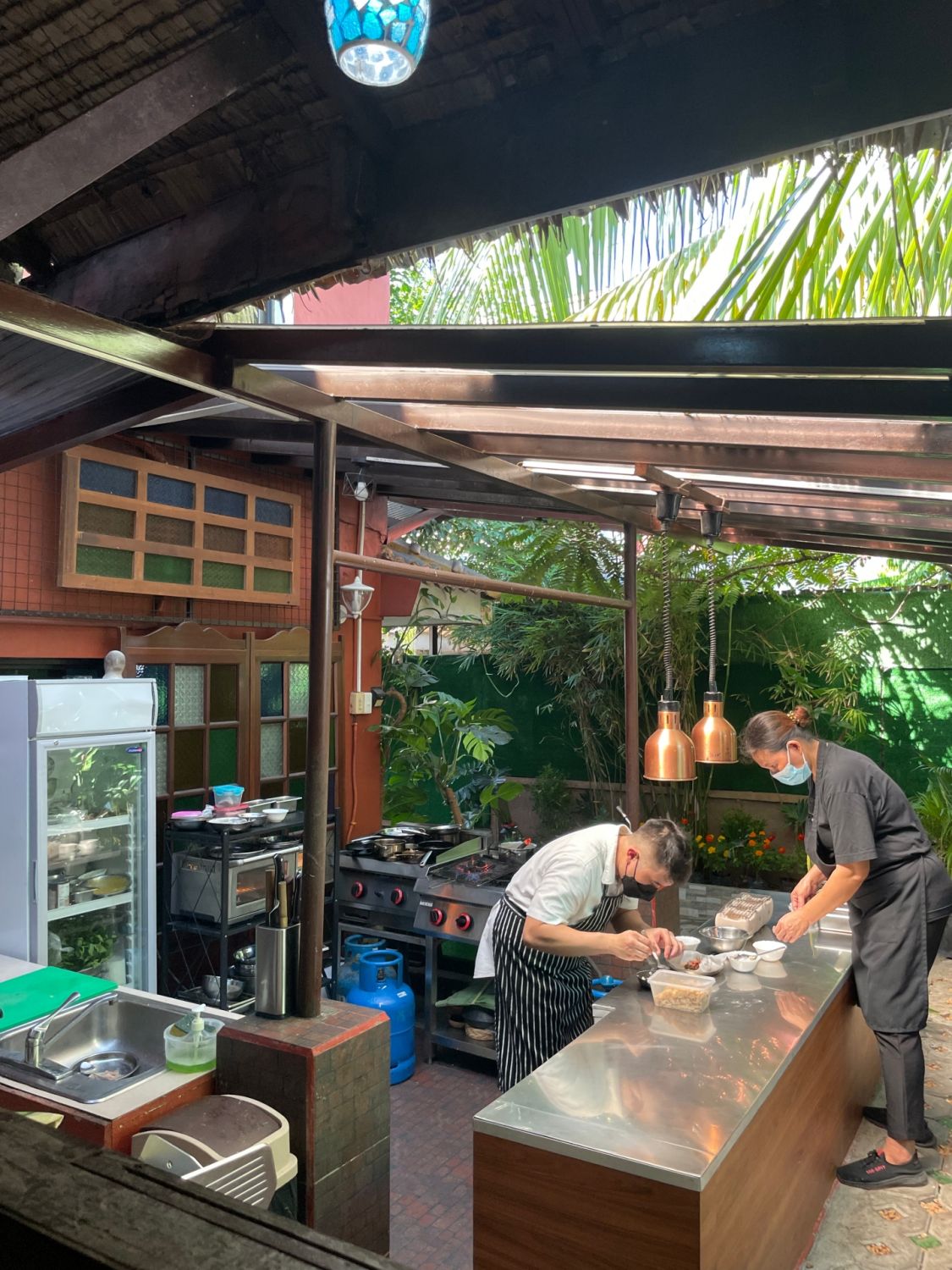
From the age of ten, Baldosano found comfort and joy cooking in the kitchen. This passion drove him to compete in Junior MasterChef Pinoy Edition, then just 12 years old, and later, stage at chef Jordy Navarra’s Toyo Eatery and chef Mikel Zaguirre’s Fyre Rooftop Lounge. Having trained under such esteemed authorities in Filipino cuisine, Baldosano continues to cite Navarra and Zaguirre as his greatest influences, professing they “moulded me into the cook I am today.”
However, Baldosano’s love for the culinary arts did not begin with a fondness for Filipino cuisine. Like many others, he started with adoration for European cuisines, particularly French and Italian—a time he looks back on with some remorse. “Back when I started cooking, I viewed Filipino food as something lower than other cuisines,” he confesses. “I didn’t know any better.” Things took a turn for the chef when a friend challenged: “Why are you trying to do French food? You cannot be the best if you don’t know your own food.” “He made me realise that for me to have an identity, I needed to learn my own culture,” Baldosano admits. “This made me work more to understand and taste what Filipino food actually is.”
See also: Filipino Food—How Can We Go Further? Margarita Forés, Chele Gonzàlez, And More Speak Out

